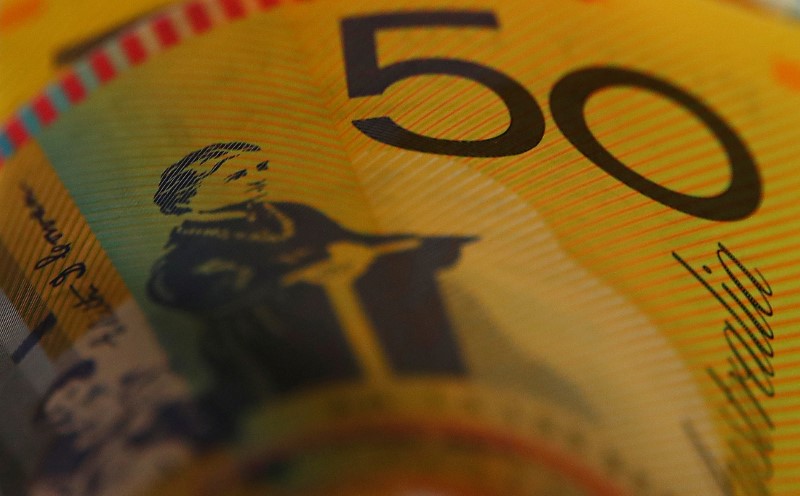Forex
Asia FX drifts higher as dollar steadies; Aussie supported by RBA


© Reuters.
Investing.com– Most Asian currencies rose slightly on Tuesday, recovering marginally after growing expectations of higher-for-longer U.S. interest rates pushed up the dollar and weighed heavily on regional markets.
Regional currencies saw some relief as the U.S. dollar steadied after racing to near three-month highs this week. The dollar was buoyed chiefly by a string of hotter-than-expected U.S. economic readings, as well as comments from Federal Reserve Chair Jerome Powell, who said that rates will remain steady in the time being.
Australian dollar boosted by hawkish RBA
The was the best performer among its Asian peers, rising 0.6% from an over 1-½ month low after the Reserve Bank of Australia , and warned of more rate hikes if inflation remained sticky.
The RBA’s warning caught some traders off-guard, especially as recent declines in Australian inflation spurred bets that the RBA could signal interest rate cuts this year. But the bank gave no such indication on Tuesday.
Other data pointed to more cooling in the Australian economy. While grew 0.3% quarter-on-quarter in the December quarter, they still shrank 1% from last year.
Broader Asian currencies rose slightly. The added 0.1% after sinking to an over one-month low, while the rose 0.1%.
The was flat, but was once again close to breaking below the 7.2 level against the dollar- its weakest level in 1-½ months. A string of weak purchasing managers index readings over the past week dented the currency, and also set a dour tone for upcoming for January.
The inflation data is also due before the week-long Lunar New Year holiday, which begins this Friday.
The tread water around the 83 level, with focus turning to a this Thursday. The RBI is widely expected to keep rates steady, while its forecasts for inflation and economic growth will be closely watched.
The rupee had now largely reversed a mild boost from the Indian government unveiling a relatively conservative budget for the coming financial year, which was intended to help ease India’s massive fiscal deficit.
The jumped 0.5%, but remained in sight of a nearly two-month low.
US rate outlook a key weight on Asian currencies
Most Asian currencies were nursing steep losses over the past two sessions, as markets began steadily pricing out the chances of early interest rate cuts by the Fed. Higher-for-longer rates diminish the appeal of risk-driven, high-yielding assets, and also limit foreign capital flows into regional markets.
Powell’s comments on late-Sunday reiterated the Fed’s earlier messaging that resilience in the economy gives the bank more headroom to keep monetary policy restrictive. This saw traders largely unwind bets that the Fed will begin trimming rates in March or May.
The showed an 83% chance the Fed will keep rates steady in March, and a 35% chance the Fed will keep rates steady in May, up substantially from a 9.9% chance seen last week.

 Forex3 years ago
Forex3 years agoForex Today: the dollar is gaining strength amid gloomy sentiment at the start of the Fed’s week

 Forex3 years ago
Forex3 years agoUnbiased review of Pocket Option broker

 Forex3 years ago
Forex3 years agoDollar to pound sterling exchange rate today: Pound plummeted to its lowest since 1985

 Forex3 years ago
Forex3 years agoHow is the Australian dollar doing today?

 Cryptocurrency3 years ago
Cryptocurrency3 years agoWhat happened in the crypto market – current events today

 World3 years ago
World3 years agoWhy are modern video games an art form?

 Commodities3 years ago
Commodities3 years agoCopper continues to fall in price on expectations of lower demand in China

 Economy3 years ago
Economy3 years agoCrude oil tankers double in price due to EU anti-Russian sanctions





















